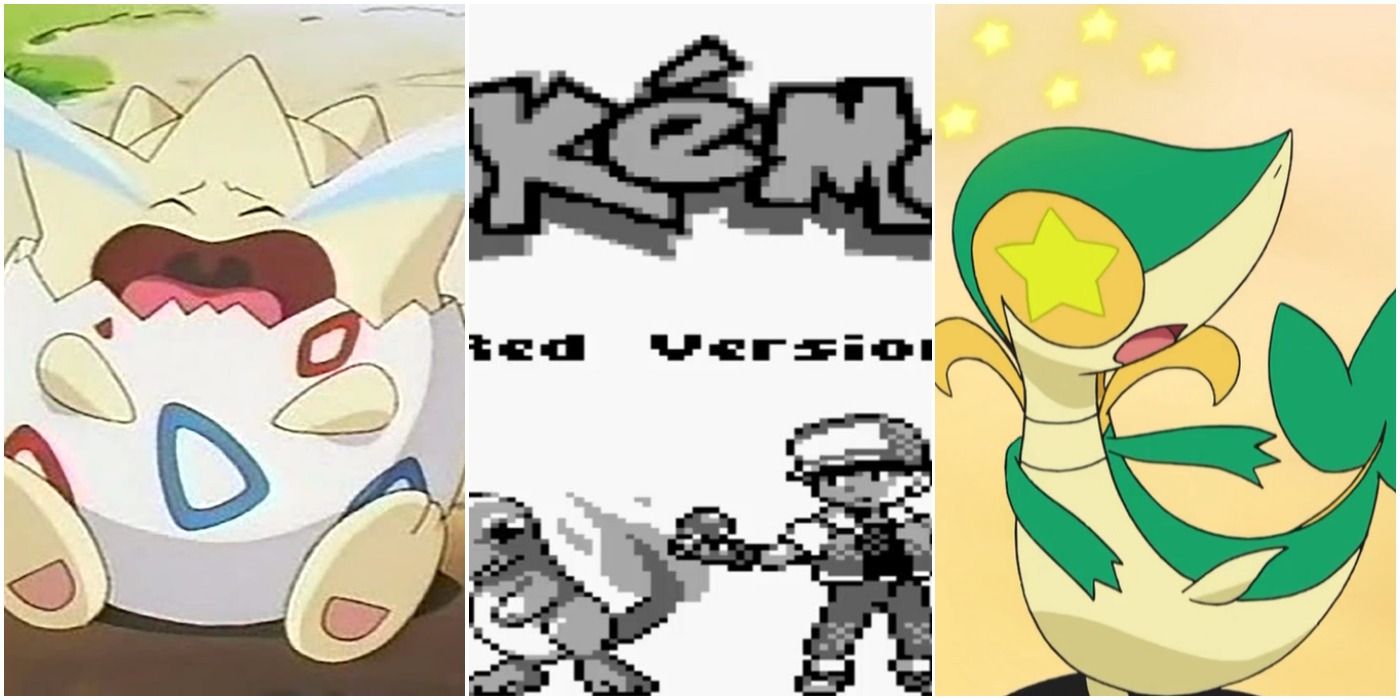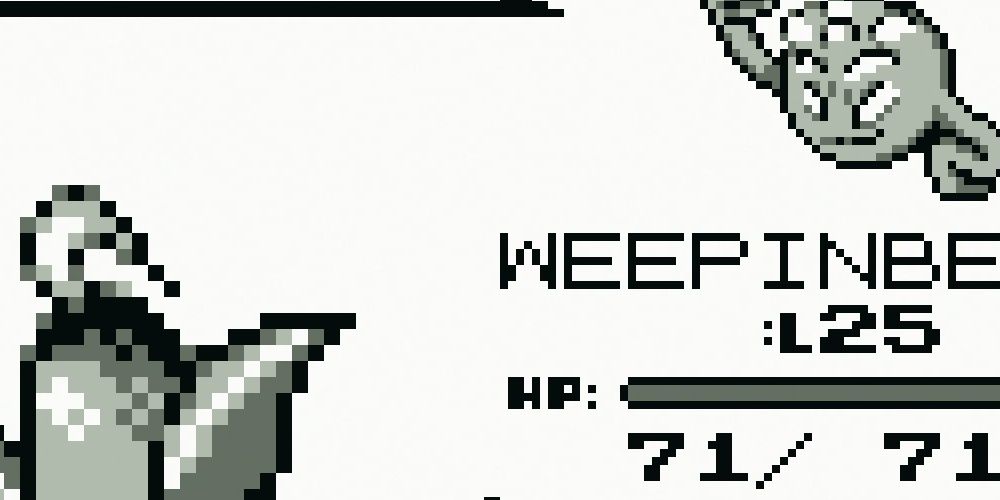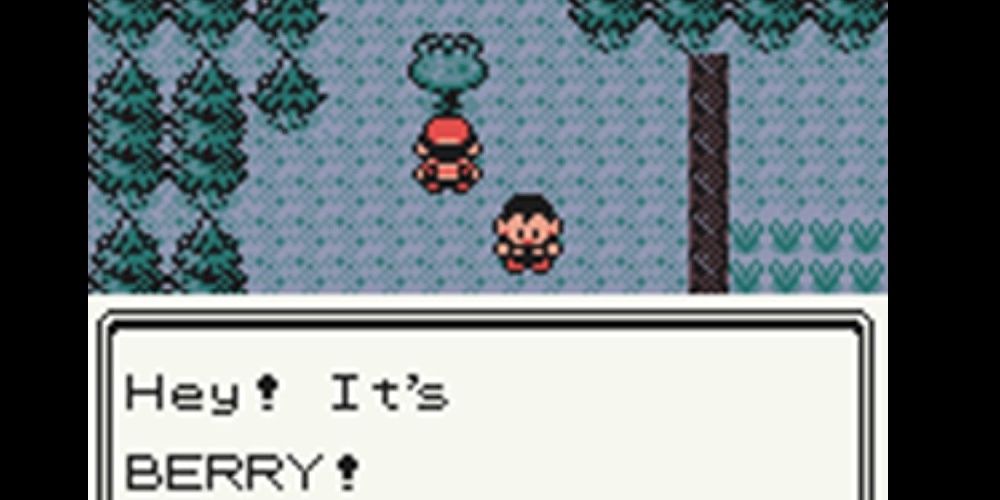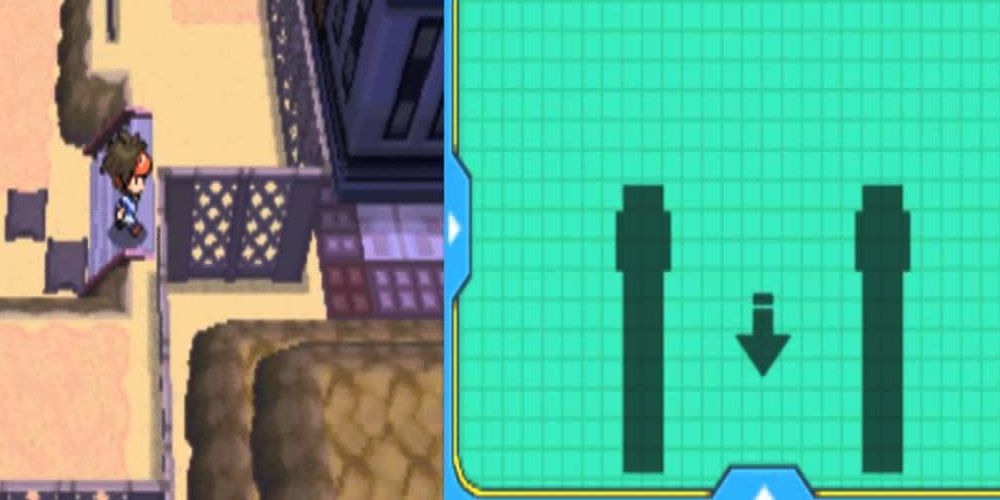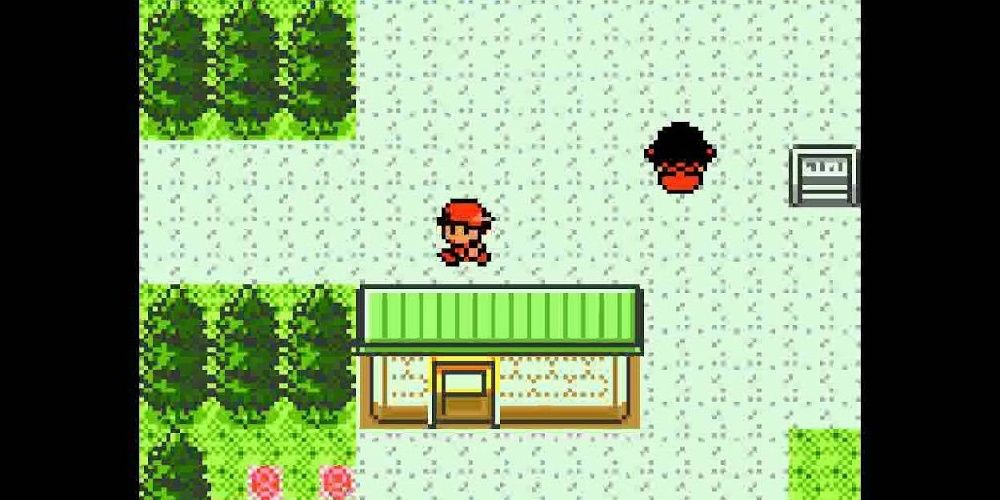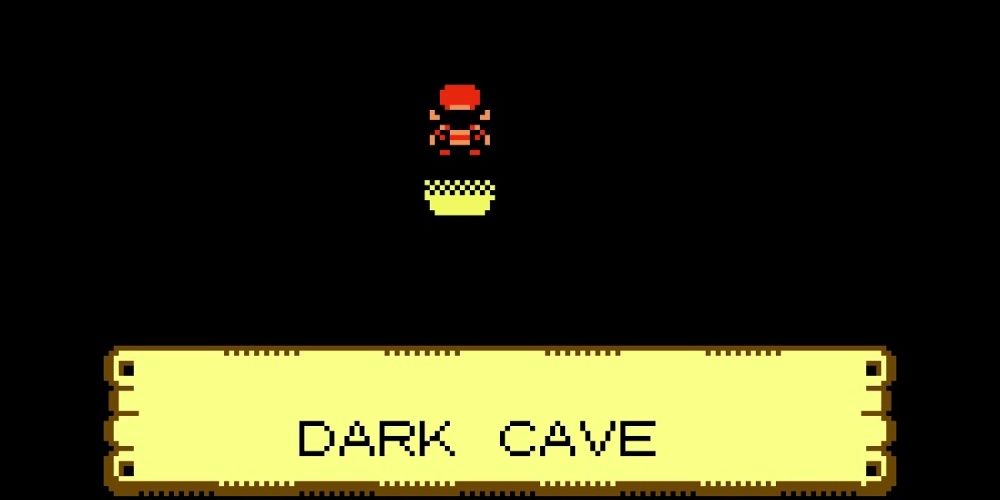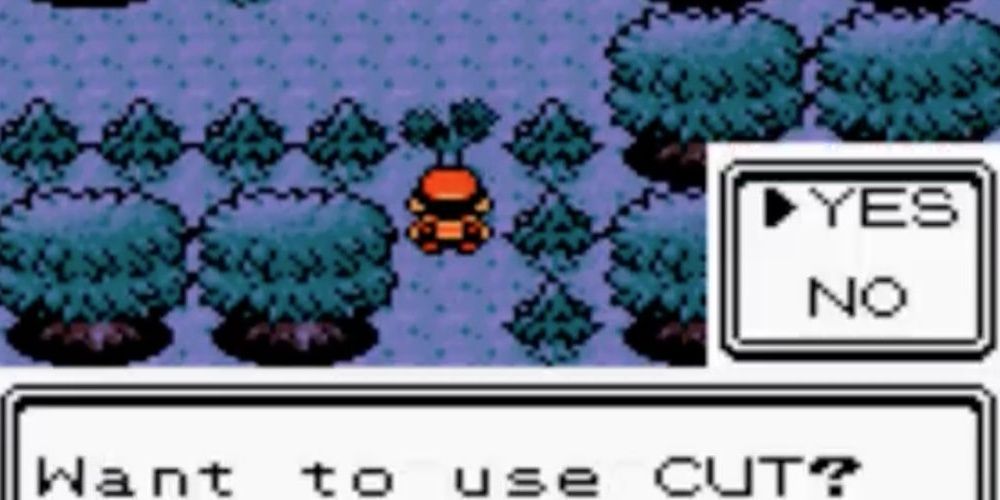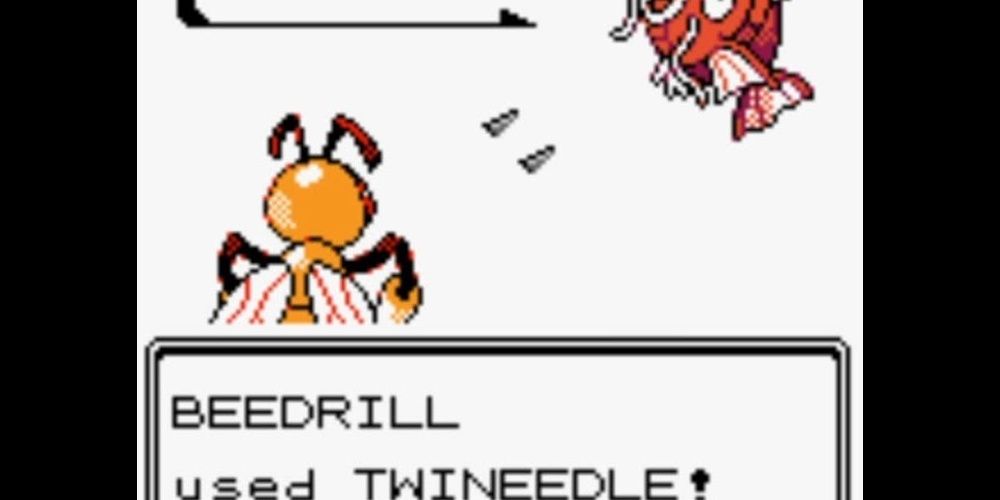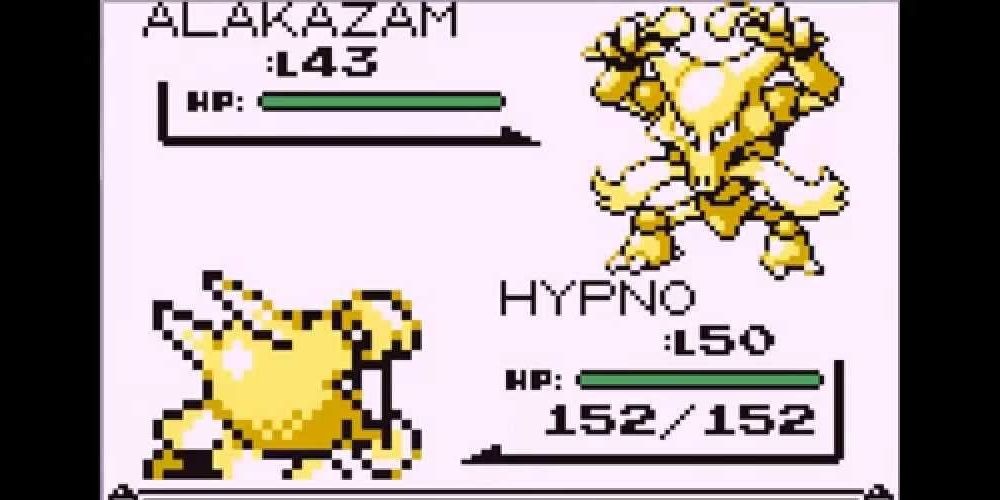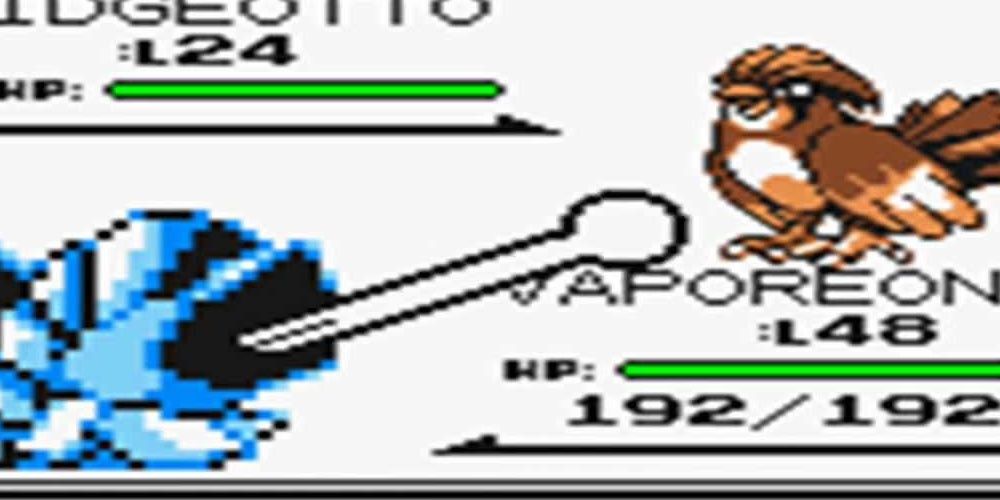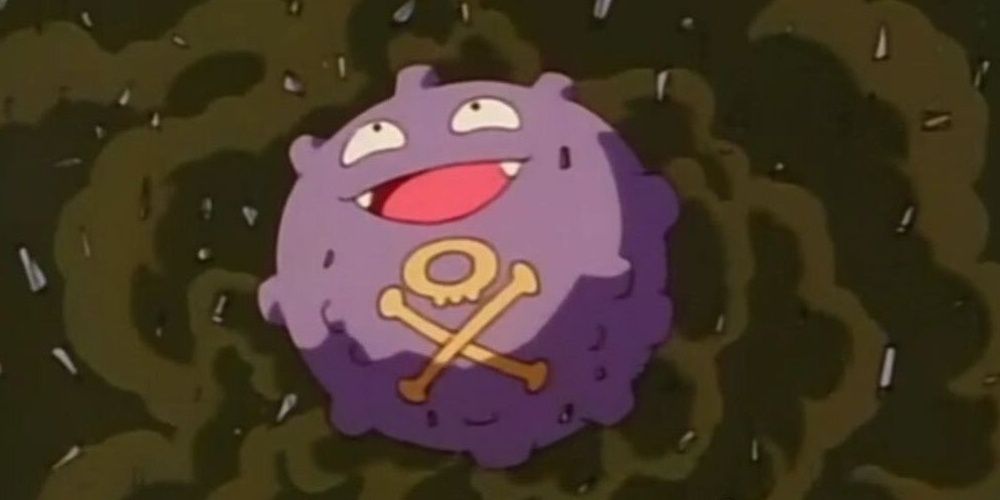As the Pokémon franchise gears up for its 25th anniversary, many players look back on their experiences growing up with these iconic games. Some have been around since the first generation, while others started with later releases. Nevertheless, regardless of age or experience, Pokémon remains a unifying force among players.
One thing that older fans may note, however, is the amount of alterations that have occurred over the years. And because each new game attracts a new fanbase, many players will never know just how good they have it. In fact, nobody except old-school Pokémon fans might ever experience some of the more frustrating aspects of the series from before developers made their changes.
10 Only Battling Pokémon Got Experience
While it's true that modern Pokémon games reward more experience points for partners who participate in battle, those Pokémon were the only ones to gain experience points in earlier games. While the Exp. Share existed in some capacity since the very beginning of the franchise, it mostly took the form of a held item that only shared experience with one other Pokémon. Pokémon X and Y saw the biggest change to the Exp. Share, turning it into a key item that can be toggled on and off to give experience points to all party members.
9 Held Items Didn't Exist
In the first games, held items were not a feature of Pokémon battles. Battles in the first generation of Pokémon relied solely on the team's stats, moves, and a little bit of RNG from secondary effects and accuracy. When held items debuted in the second generation, they mostly took the form of some basic berries that healed status effects, as well as items that boosted the power of moves with a particular type. With the diversity of held items and their effects in the current generation of games, it's hard to imagine how basic battles were back then.
8 No Dowsing Machine
Whether by riding a Stoutland in Pokémon Sun and Moon, or using the Pokétch app in Pokémon Diamond and Pearl, finding hidden items became much less of a chore than it was in the first two generations.
Back then, the "Itemfinder" only indicated whether a hidden item was present on the screen at the time of use. Trainers still had to move around and find its location through trial-and-error. In Sword and Shield, hidden items give off a faint sparkle when players approached, making them much easier to spot.
7 Running Wasn't A Thing
Needing a special pair of shoes to be capable of running doesn't make much sense, but it does help players search for Pokémon much faster. The Running Shoes were a staple since their debut in Ruby and Sapphire; before then, trainers had to slog through the region step by step until they acquired a bike. This made travelling between destinations incredibly tedious, especially in comparison to the convenient Flying Taxi available in the current generation. To be fair, bikes were incredibly expensive back in the days of Red and Blue...
6 Dark Caves Were Awful To Traverse
Aside from the Zubat tucked in every corner, caves were a special kind of torture in earlier games. The worst part about them was the need for a Pokémon with Flash to see more than three feet in any direction. Or any direction at all, if the caves were in the first two generations of Pokémon games. Although the infamous Rock Tunnel made a return in Let's Go, Pikachu! and Let's Go, Eevee!, the Light Up ability didn't take up one of the partner Pokémon's precious move slot in order to work. And speaking of move slots...
5 HM Slaves Required
HMs, or Hidden Machines, assisted trainers in accessing new areas. Whether a massive boulder impeded the path, or a simple shrub blocked a hole in a fence, HMs taught Pokémon the skills necessary to pass these barriers.
Most HMs weren't great as standalone moves, however, so having to dedicate an entire move slot to them felt like a waste. To get past this, players hunted down Pokémon that learned a variety of HMs and allowed for quick access to closed-off areas. It's no wonder that players took a collective sigh of relief in Generation 7, when other means of traversing terrain replaced these dreaded moves.
4 So Many Types, So Few Moves
The first generation of Pokémon games were understandably simplistic. But to have so few same-type attacks for three different types is almost unforgiveable. Bug types had very few same-type attack moves, while the Gastly line (the only Ghost types at the time) only had Lick and Night Shade. Dratini and its evolutions, the only dragons in the first generation, only got Dragon Rage, a move which dealt a fixed 40 points of damage! Luckily, these types quickly received better attack options in the subsequent generations.
3 Busted Special Stat
While the Attack and Defense stats were always separate, Special Attack and Special Defense were once a singular Special stat. Because it played both a defensive and offensive role, Pokémon with a high Special stat like Alakazam were powerhouses. In combination with Amnesia, a move that raised the Special stat by two stages, these Pokémon dominated the competitive scene in a major way. The only hope of stopping them was to out-speed and hit back with a powerful physical attack. The stat split in two during the second generation, so fortunately this trend didn't last long.
2 Type Determined Whether A Move Was Physical Or Special
Before Generation 4, a move's type determined whether it was physical or special. Shadow Ball, for example, has been a special move since Diamond and Pearl. Before that, however, the games considered Ghost-type moves as physical moves; Pokémon with a high Attack stat made much better use of it than actual Ghost types. Fire Punch and Thunder Punch, meanwhile, were both special moves, since Fire and Electric were special types. Remembering which types were physical and which were special was a nightmare, made only worse after so many years of operating under different mechanics.
1 The Dreaded Poison Ailment
A shaking screen. A glitchy buzzing sound. Before Pokémon Black and White, these were the telltale signs of a poisoned party member. Walking around in the overworld caused damage periodically as the poison whittled away at the afflicted Pokémon. If left unchecked, the Pokémon naturally fainted. This was incredibly harrowing without Antidotes or Full Heals handy, forcing the player to rush to the nearest Pokémon Center. Having a precious teammate faint on the way from poison damage felt especially awful; at least now that worry is a thing of the past.

